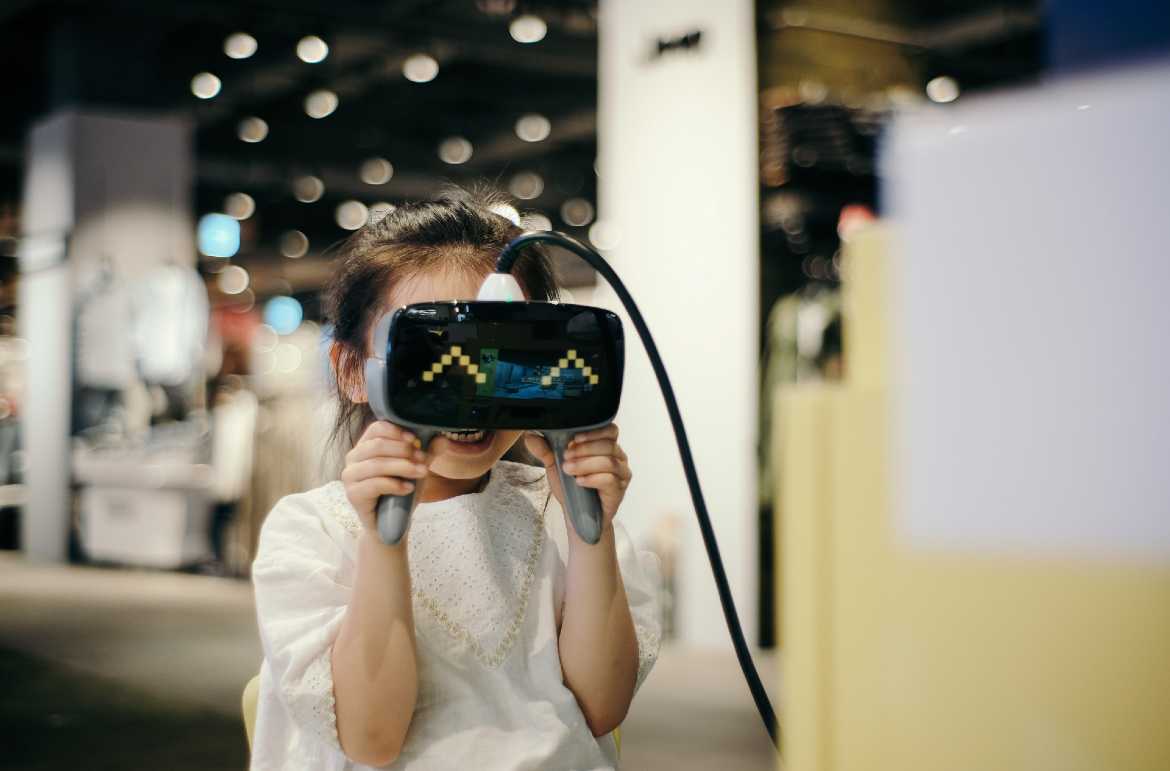
As we have considered in the previous blog, gamification is undoubtedly a great strategy to kick off your employee advocacy program and get your employees excited about sharing your content. Although this is 100% true, critics say that there are a few concerns that cannot be ignored.
Some concerns are that employees may only view it as a way to win and the purpose of true engagement will be lost. Others have raised the concern that in the employee’s zeal to share and win points, they may start bombarding their social networks with company posts, which will dilute the impact of these posts in their circles. Many also feel that the benefits of gamification decrease over time to the point where it makes no difference.
While these concerns are valid, most of them arise due to an incorrect implementation of gamification. Here are a few things to keep in mind to ensure that this doesn’t happen with your program:
- Get your objectives straight
It is very important that you know what you want to achieve through the gamification. The objective is twofold: one is to promote specific content and the other is to gain the brand loyalty of your employee’s social circle. When you keep these objectives clear in your mind, it will have a positive bearing on your efforts to come up with a game plan, create content that is appealing to readers, and on your choice of rewards.
- It isn’t about the number of shares
This is an important point to keep in mind and to communicate to employees. If the points on the scoreboard are measured only by the number of shares, employees will end up spamming their social circles with posts. Rather, if points are rewarded on real time results based on their followership, likes and increased social conversation, employees will concentrate on quality and take the time to refine their social sharing to where and how it will generate most interest.
- Do not focus on monetary awards.
While monetary rewards like free lunches, movie tickets and other freebies do increase engagement to a certain level, they aren’t enough to sustain a successful employee advocacy program over time. Employees thrive on recognition and appreciation; the focus of gamification must be to reward their sense of worth to the organisation and to award them recognition in front of their peers. Make an exhibit of the “Best Social Media performer of the month” in the office, invite them to a meal with the top executives of the company, display completions and leader boards on social network platforms – there are many such non-monetary rewards that you could explore.
- Link gamification to personal and professional development
Investing in the personal development of an employee is an asset to the company. Linking this with gamification could give you a foundation to increase engagement and contribute to the personal development of your employees. Offering rewards in the form of opportunities for personal development is a great way to achieve this dual benefit. A one-on-one coaching session with a top life coach, online mentorships with business leaders, a travel scholarship to an important conference of their choice – these are rewards that contribute to the professional and personal development of employees and will be much appreciated by them.
- Include Team gamification
Use gamification as a team building opportunity and get teams together on competitions and games. This will encourage newbies and give slow performers incentive to build on their social sharing skills and learn from those who are performing well. Any resentment held against top performers will be smoothed out by fostering this kind of team spirit.
Gamification done the right way can be a great way to encourage employee advocacy and get your employees engaged and enthusiastic about your advocacy marketing efforts. Keeping the pointers we have discussed in mind, you can alleviate any concerns that may arise on the topic of gamification and effectively increase your online presence by getting your employees raving about you.






















